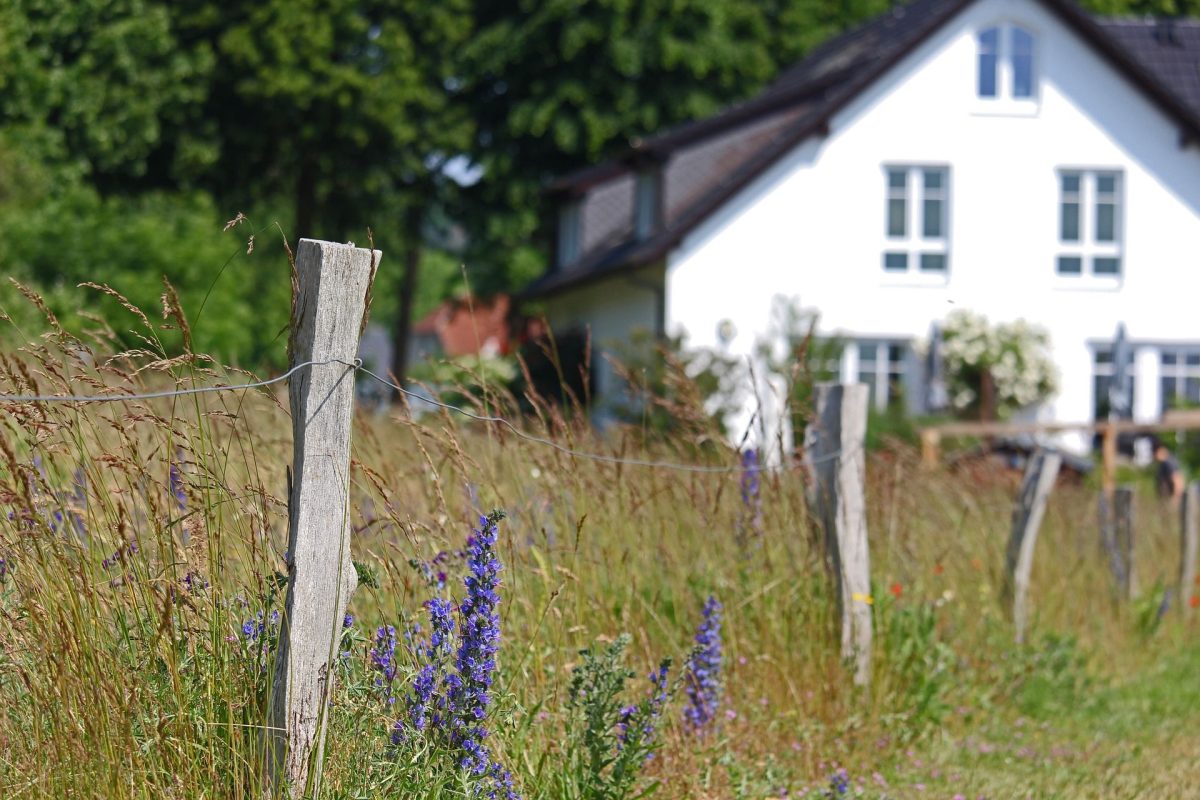Recently I purchased an additional 60 acres of my grandmother’s old farm. I had to restore the land to its former glory and turn the neglected field into a productive pasture and wildlife habitat. Here’s my story.
My grandparents were cattle farmers. When my mother was a young girl, she and my grandpa ran a farm where they raised and milked dairy cattle. Back then, the farm was well taken care of.
The bottomland was planted annually, and the grain harvest was stored in the silo. The pastures were rotationally grazed and fertilized by manure spreaders recycling the by-products the cows left behind. It was a genuine “organic” farm.
When they got too old to manage their livestock operation, they leased the pasture out to neighbors to graze. Now, I have nothing against folks who lease the ground to graze, but when it’s not yours, you just don’t take care of it the same as if it were your own.
The fencerows were overgrown; locust and cedars popped up. After my grandma passed away, the farm was split up and sold off to different individuals. My mother kept the 60-acre piece, but it was not pastured anymore, and in no time, it was a jungle.
I hunted there and put in a little food plot. Not knowing exactly what would become of it, I neglected the piece as well except for hunting until my mother offered to sell it to me. One day, as I drove in on my small Kubota tractor to the back fence, the growth was so thick I thought I was going to have to walk out and get a chain saw to cut my way out. I knew then something had to be done quickly.
Changing things

Years ago, Mother Nature was the caretaker of the land. Buffalo and large populations of cervids occupied the country. It was well grazed, and natural fires started by lightning strikes were not contained.
When I was a kid, I remember folks burned annually to control the invasive trees, such as locusts, red cedar (actually a juniper, Juniperus virginiana), and weeds. They burned farmland as well as timberland. Without fire to rid the forest floor of leaf litter and dead limbs, pests like ticks can dominate. Our tick population and tick-borne diseases are rampant as of late.
Today burning is a no-no in most parts of the country. Neighbors may be afraid their place will burn, and landowners are afraid of being sued. Fear that many homes and outbuildings could be in jeopardy is a legitimate concern.
Regulations in most areas require that certified, licensed, and bonded companies specializing in controlled burns do the job. These companies are expensive and far and few between. Conditions must be just right, and some areas such as my new farm might even require an expensive bulldozer to create a firebreak.
Other options
Due…
